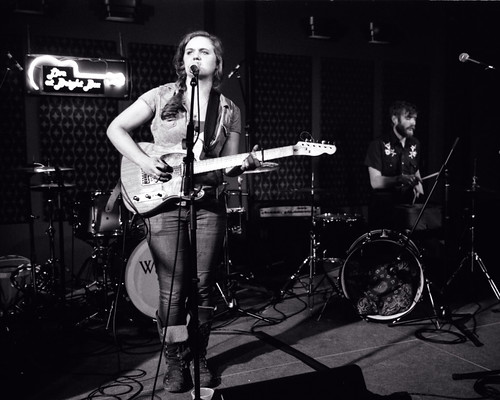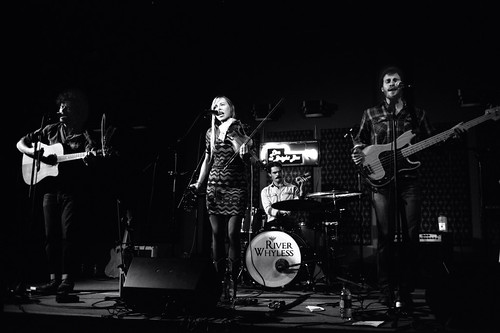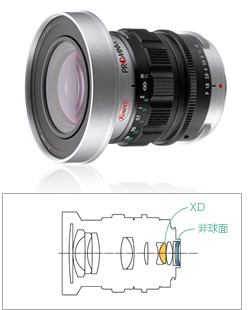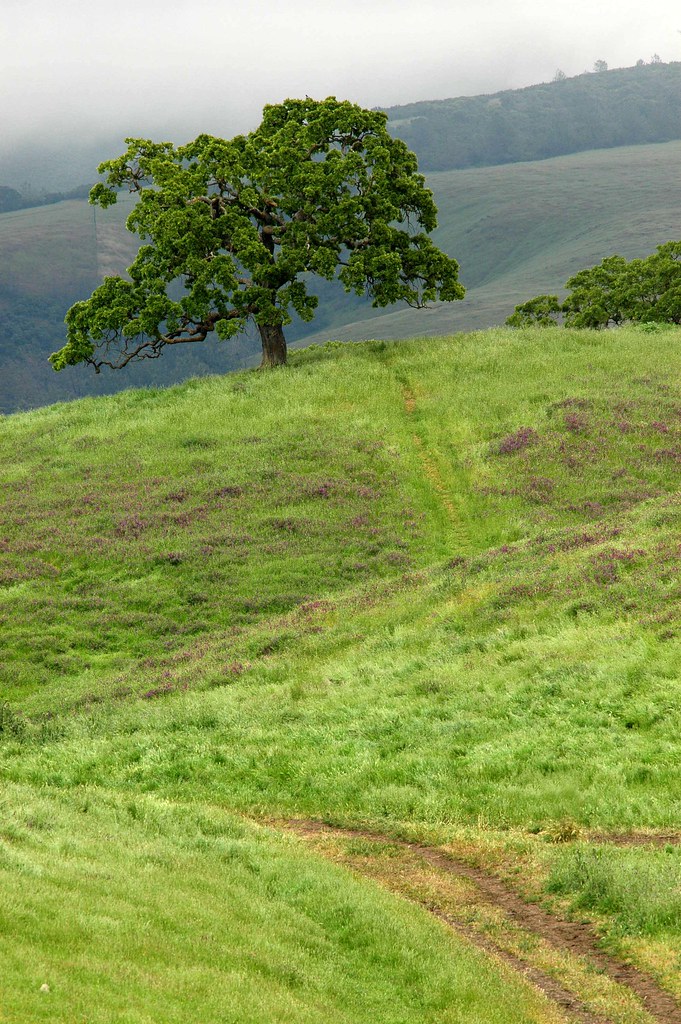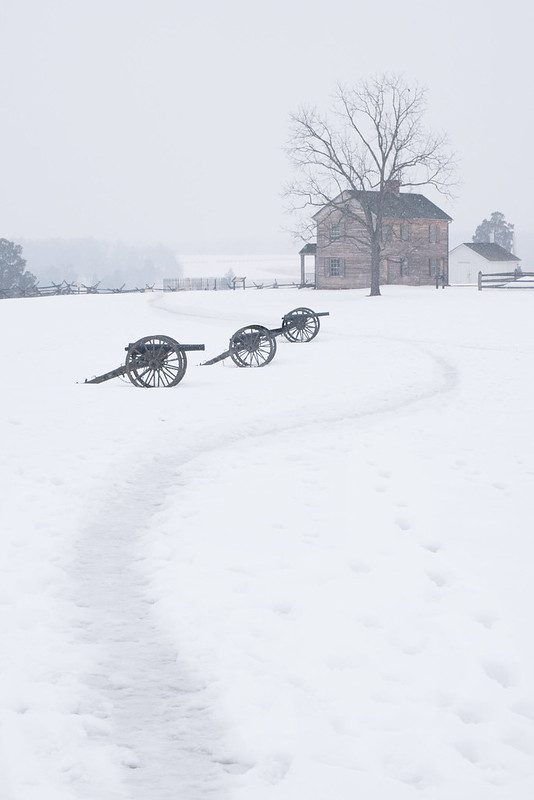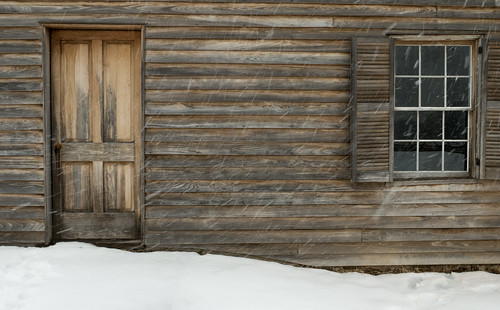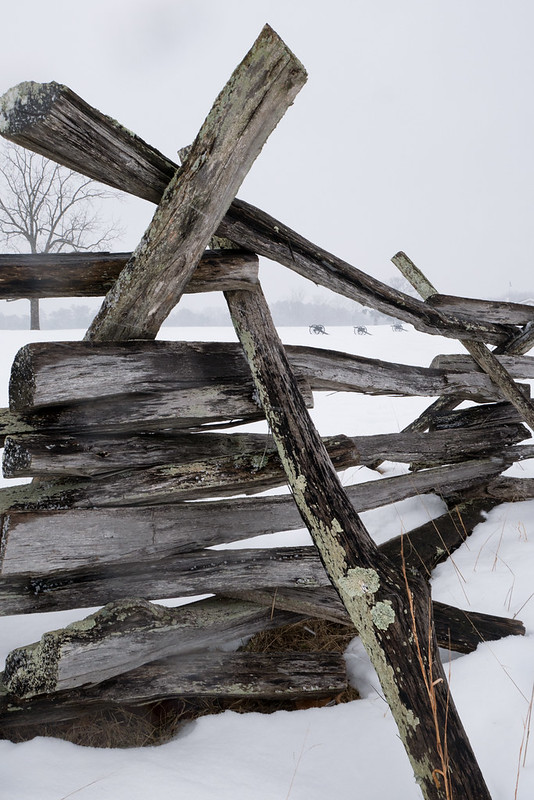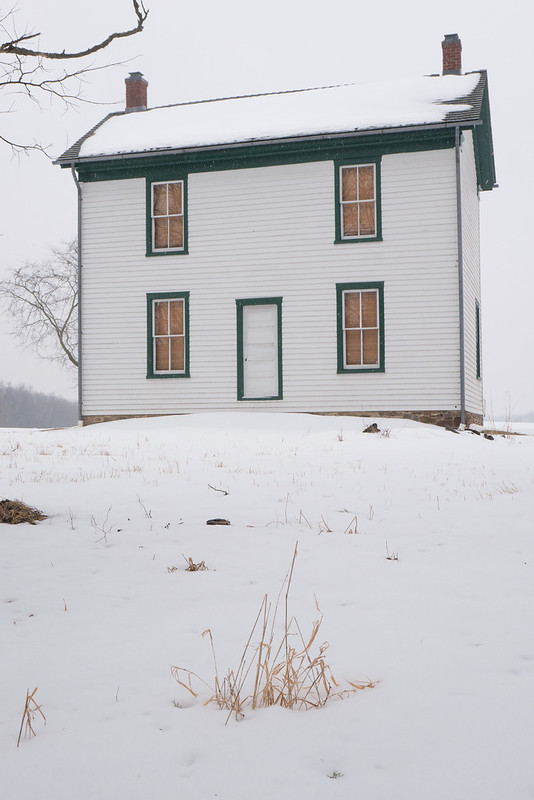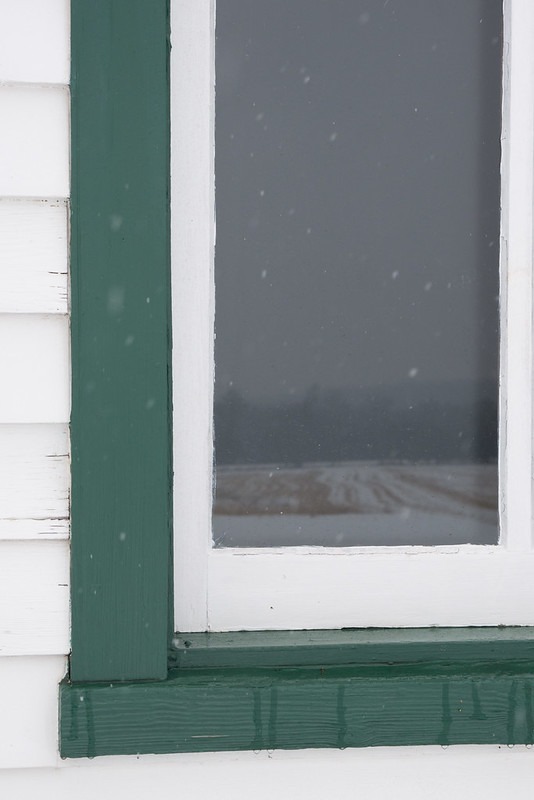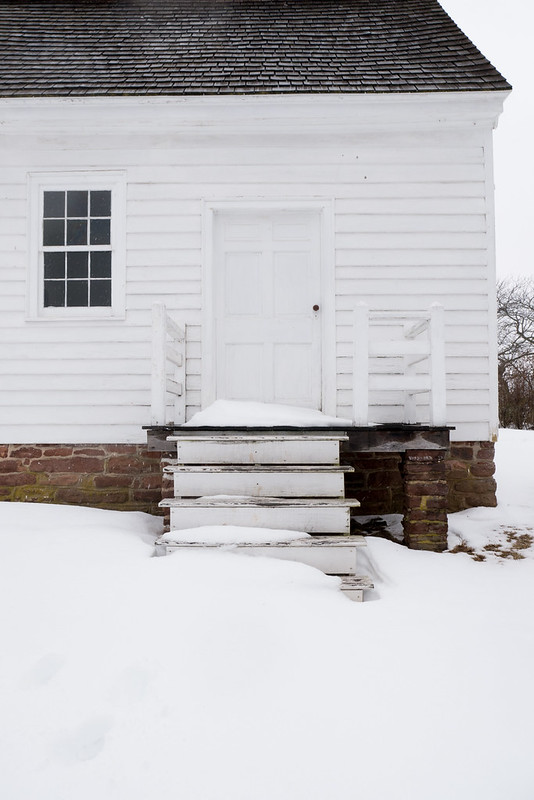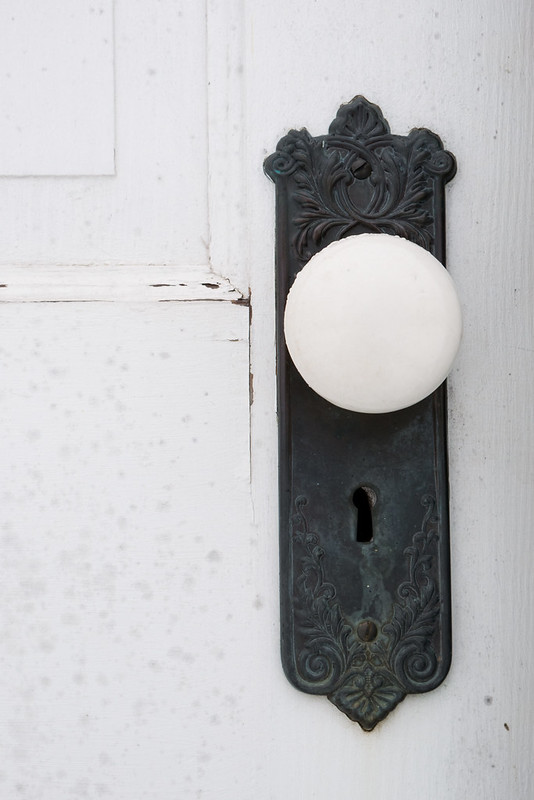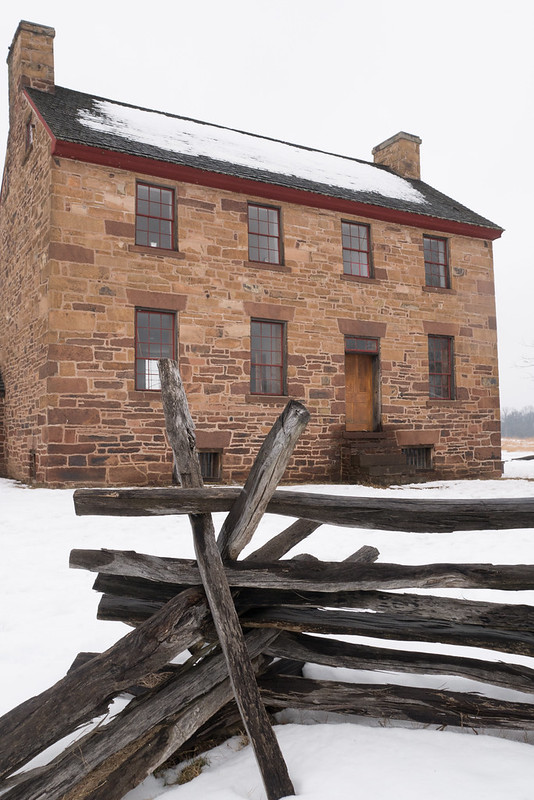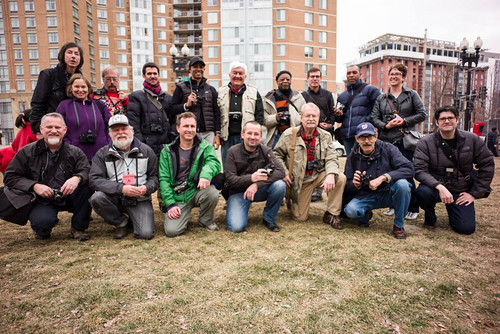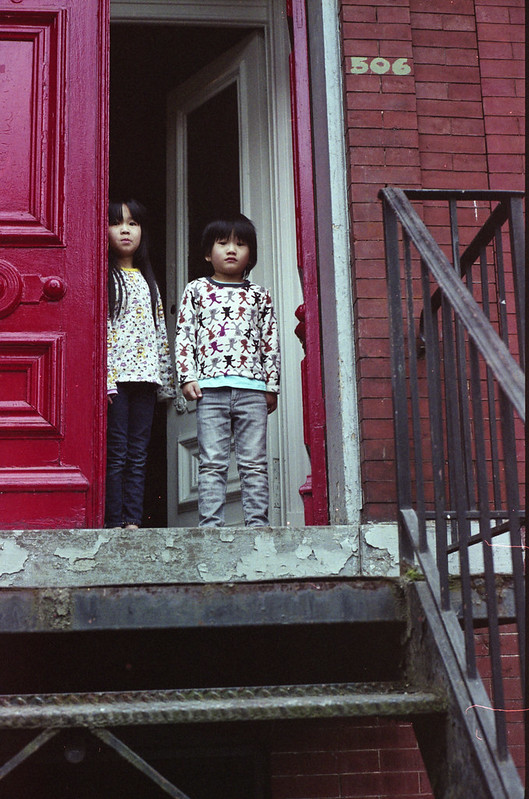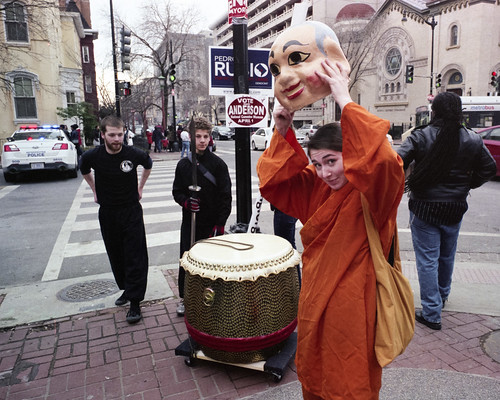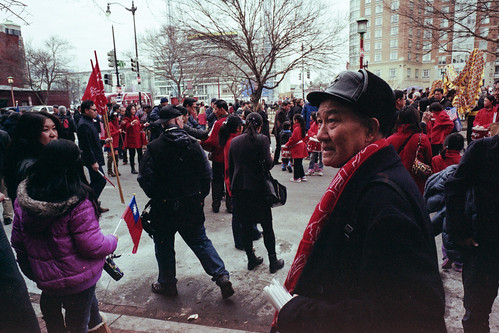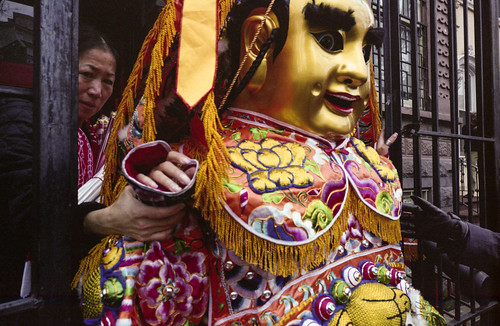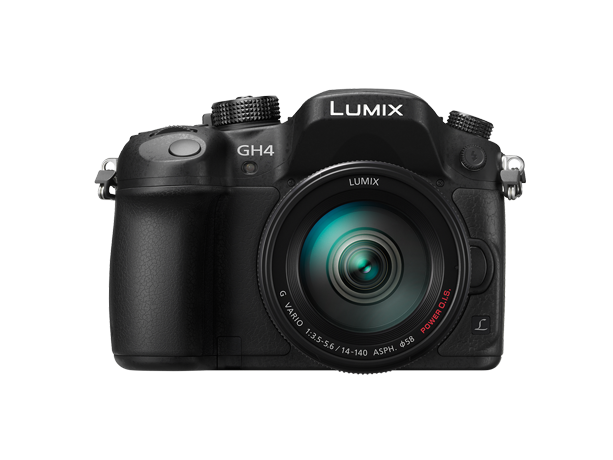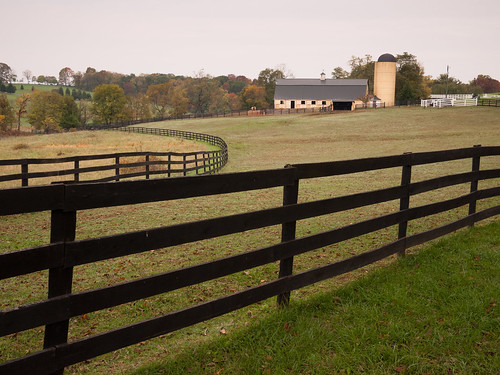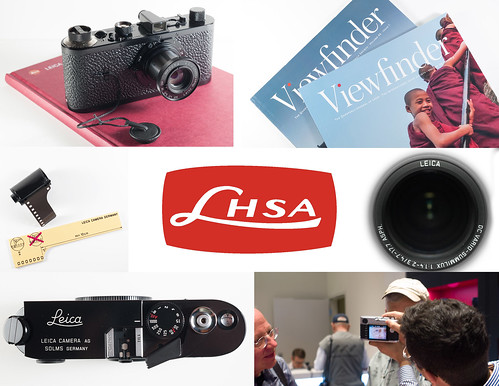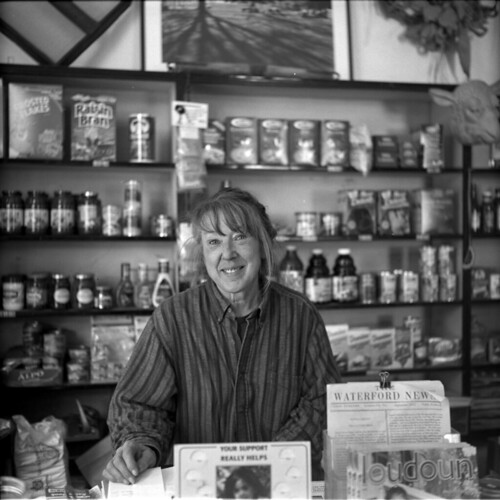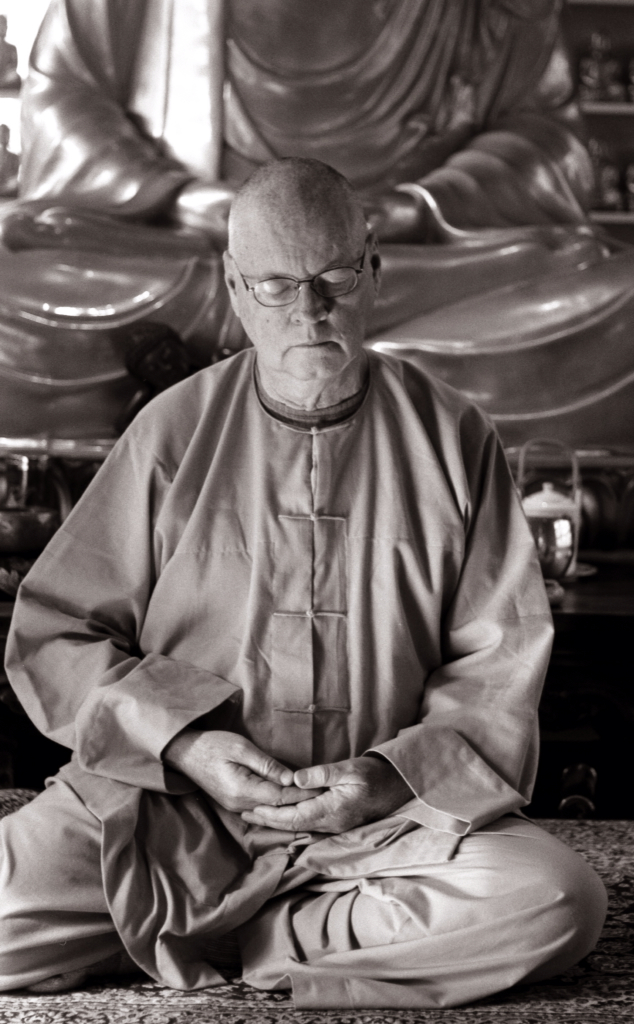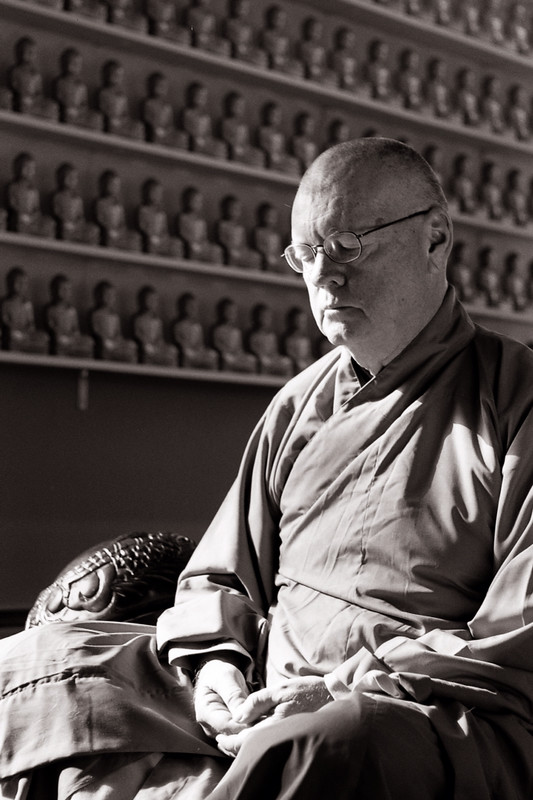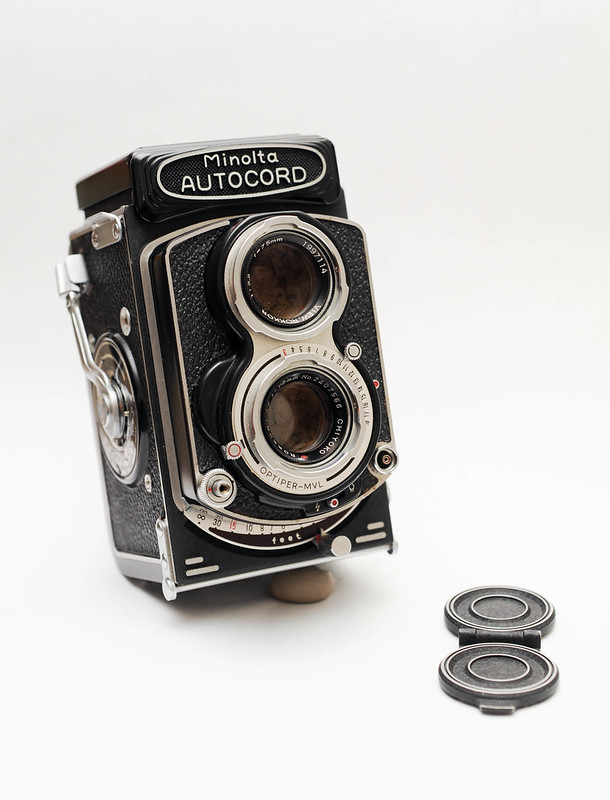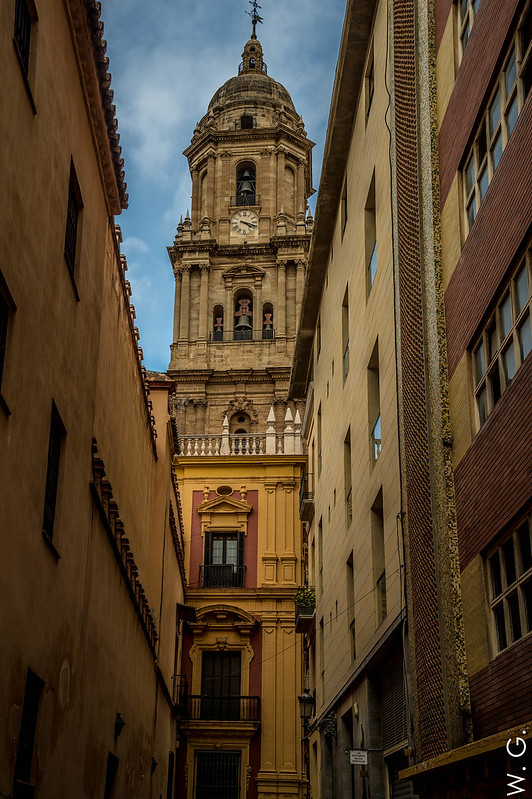It's mid-winter doldrums here in Northern Virginia, and I decided not to give in to the bad weather today.
The heavy snow has passed, but flurries continued today, adding a nice light coat to the base laid down over the past few days. So, I set out to photograph the few remaining buildings that I thought were survivors from Civil War times at nearby Manassas National Battlefield. I had five buildings on my list.
It turns out that only three of the five are original buildings. However, the other two retain some interest, so I'll share them as well.
Let's start with Henry House. By the way, the picture I took of the Henry House on the 150th anniversary of the First Battle of Manassas won Second Place in a Civil War Trust / History Channel / Google competition, in the division dedicated to celebrating the 150th anniversary of battles in 1861. The image was displayed on the civilwar.org webpage of winning images, and was published in the journal "Hallowed Ground," and featured in the trust's 2012 calendar.
Henry House, by Reed A. George
Panasonic Lumix DMC-G1, 3 Shot HDR
The rest of the images in this post were shot today in the snow with my DMC-GX7 and the new Lumix Series II 14-42mm f3.5-5.6 zoom lens.
Henry House, by Reed A. George
The Henry House figured prominently in the First Battle of Manassas (or "First Bull Run"). Poor old Mrs. Henry was too sick to leave her home when the battle moved from Mathews Hill to Henry Hill, where she lived. She was killed by stray fire from the battle, becoming the first civilian to die in the Civil War. She's buried in the front yard of Henry House.
Next up is the Brawner Farm, which was the site of the first real action of Second Manassas (1862), barely a year after First Manassas (1861). The Brawner Farm was restored in 2007. I think it's poorly-done, looking like a tract house out in the middle of the historic battlefield with its air conditioning unit being the first thing you see from the trail, and get this, what appears to be vinyl siding! What a shame.
In the second shot, you can see the winter fields reflected in the window glass.
Brawner Farm, by Reed A. George
Third on my list was the Dogan House. Lucinda Dogan, a widow and mother of eight children, lived in this house during both battles. Mrs. Dogan lived to be 93 years old, and is buried in nearby Groveton Confederate Cemetery.
The Dogan House is quite difficult to photograph, surrounded as it is by modern roads, telephone wires (bane of the outdoor photographer's existence), and houses.
I can just imagine old Mrs. Dogan's hands reaching to put the key in that keyhole.
Dogan House, by Reed A. George
Next up, the Stone House. This building is probably the most well-known on the battlefield, and was in the hot zone of both battles, but especially First Manassas. Serving as a field hospital to both union and confederate troops, the building took a lot of fire during the battle.
Stone House, by Reed A. George
And finally, a pretty well-kept secret of the National Battlefield, Thornberry House. Located at Sudley Springs Ford, the site where Union General Irvin McDowell took more than a third of his 35,000 troops across Bull Run Creek in the first battle to attack the Confederate left flank, after failiing at their right. They marched right by the Thornberry house. Late that afternoon, after suffering a crushing defeat on Henry Hill and further, some of those troops retreated by this same route, while others made a crazed, confused dash straight back toward Washington, DC. As with many houses near the battlefield, the Thornberry house also served as a field hospital.
Sudley Springs was also active in Second Manassas, as Stonewall Jackson's stronghold in the unfinished railroad grade had its eastern end within easy sight of the Thornberry House.
Thornberry House, by Reed A. George
So, which three of these five buildings are true survivors from the actual days of the battle? The Dogan House, Stone House, and Thornberry House. I was surprised to learn that the Henry House had been entirely rebuilt in about 1870. I was not so surprised to find that the Brawner House was not the original, although it was of correct era construction before the renovation. Apparently an old house was moved onto the site sometime after the Civil War, and after the original farmhouse was gone.
So, I did spend the whole day with my Lumix DMC-GX7. I only changed lenses a couple of times, to shoot with my new Bower fisheye lens (more on that later). The majority of the time I used the Series II 14-42mm kit zoom, which I find to be quite impressive. Since it was a pretty bright day, I was able to shoot at iso 200 the whole day.
I'm still not completely comfortable with all of the controls of the GX7, and did inadvertently hit buttons on the camera's back more than once. This is probably something I can train myself out of, just by spending more time with the camera. I enjoyed using it today, and am very pleased with the results.
DMC-365.blogspot.com
